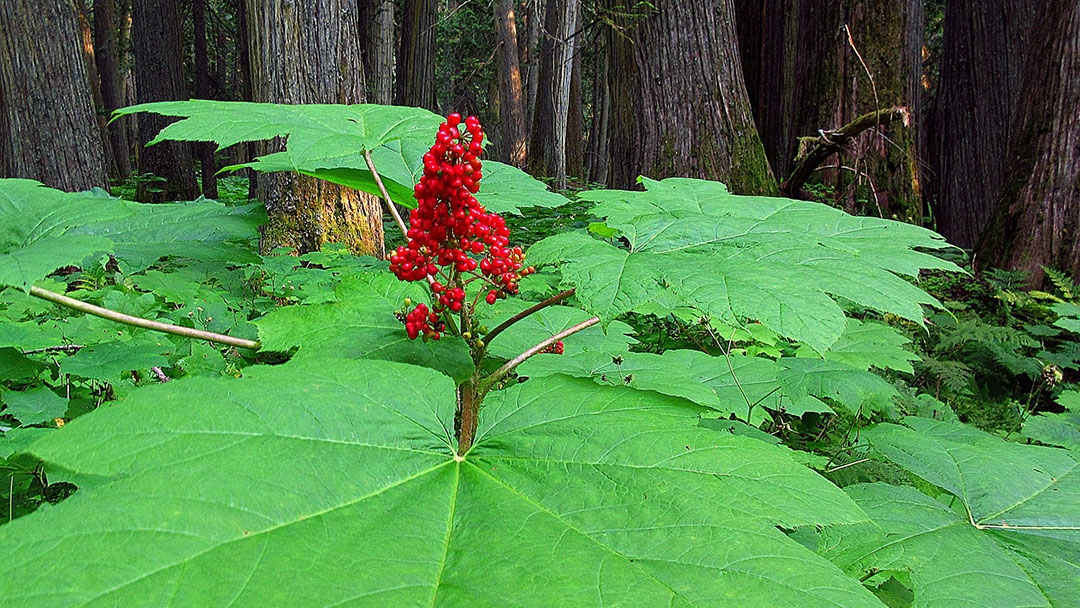“The BC government recently asked for public feedback on the Biodiversity and Ecosystem Health Framework. This is our contribution.”
This is our letter to the Government….
To the Biodiversity and Ecosystem Health Framework team,
We are a volunteer collective comprising academics, resource professionals, First Nations, forest industry workers, artists and the public. We recognize that communities of native species and their habitats have a right to coexist with humans. Employing both science and advocacy to improve government policies on land management, we promote natural habitat protection.
BC’s biodiversity is underpinned by primary forests (also called natural forests), which are those of any age that have never been logged [1][2]. Seventy years of industrial logging and associated road construction in primary forests have resulted in critically low levels of ecosystem health and biodiversity. Some forest ecosystems are on the brink of collapse owing to the cumulative impacts of logging, roads, and land conversion [3].
We propose the following three improvements to the Draft BC Biodiversity and Ecosystem Health Framework:
1. A scientifically sound definition of ecosystem health enshrined in law.
Over-reliance on forest professionals, whose job is to treat primary forests as sources of harvestable fiber as opposed to life-sustaining systems, has failed biodiversity and natural ecosystems. Professional forestry is about timber production not the maintenance of ecosystem health. In order to prevent discretionary decisions harmful to natural ecosystems, a strong definition of ecosystem health is needed.
All primary forests owe their structure and sophistication to thousands of years of complexity-building processes like fire, insects, and disease. Primary forests with recent natural disturbance histories are persecuted by forestry under the euphemism of “forest health”, causing all manner of ecological harm [4]. To address this failing, we propose the following scientifically-defensible definition of ecosystem health [5], and ask that the legislation under development incorporate this definition
“A healthy ecosystem has the ability to sustain a living community having species composition, diversity, and functional organization comparable to natural (primary) habitats within a region. An ecological system has health/integrity when its dominant ecological characteristics occur within their natural ranges of variation (accommodating climate change responses) and can withstand and recover from most perturbations imposed by natural environmental events or human disruptions.”
2. A clear stipulation that no “Ecosystem-Based Management” should occur in primary forests.
Alternative forms of logging have no place in primary forests, which represent BC’s healthiest and most resilient ecosystems. While we recognize that Ecosystem-Based Management (EBM) has at times the well-intentioned goal of minimizing ecological risk while permitting industrial extraction, its core assumptions are all scientifically untenable. These assumptions are that: a) there is substitution between patterns of forest harvest and natural disturbance, b) the age of dominant trees are an indicator of successional processes and the ecological structures they produce, and c) compensation rather than addition happens in relationships between natural disturbance and resource activities.
For this reason we recognize that EBM ultimately degrades ecosystems, and we oppose its use in remaining primary forests. EBM belongs only in previously degraded (logged) plantations, where ecosystem health gains might be made as a result of human action.
A true commitment to biodiversity and ecosystem health in BC should apply the “Half Earth” principle [6] by:
a) setting aside all remaining primary forests (of any age) under a sincere form of protection (i.e. not FRPA) that prohibits industrial development; and
b) removing some previously logged lands from the Timber Harvesting Land Base to allow them to recover (also known as “proforestation” [7]) to meet the Half Earth target of conserving 50% of BC’s landbase. We note that, in addition to conserving healthy functioning ecosystems by 2030, the Kunming-Montreal Global Biodiversity Framework calls for degraded ecosystems be restored. Restoring ecosystems takes time, and restoration investments must be protected from perverse incentives to extract precisely when those systems finally begin to function in a healthy way.
3. Forest Landscape Planning must include and actively involve civil society, not just governments, industry, and professional foresters.
Many governments in BC – including Provincial and First Nations – are under some form of regulatory capture by industry. The gross imbalance in direct subsidy to the forest industry relative to its contribution to BC’s overall GDP is ample evidence of this [8]. To balance industry interests with wider societal ones, such as traditional relationships with the land, civil society groups must be included in forest landscape planning.
Human communities rely on primary forest for a staggering variety of ecosystem services and those communities must be involved in the spatial planning as we move towards Half Earth. Ecologists have a vital role to play in this planning process to ensure these conservation and restoration efforts meet the spatial needs of wildlife movement, climate refugia, minimum patch sizes for biodiversity, while accommodating inevitable (and necessary) natural disturbances.
Sincerely,
Michelle Connolly
Conservation North
info@conservationnorth.org
Download the letter in PDF Format

